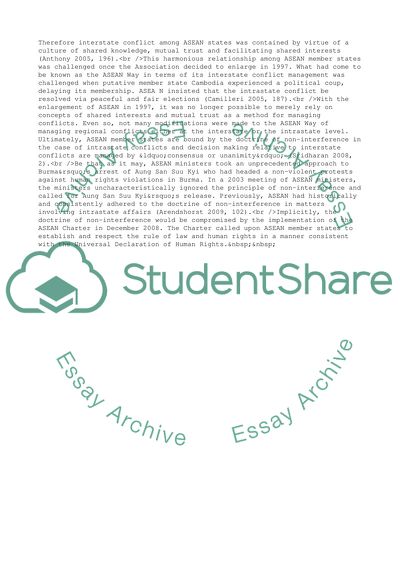Cite this document
(The Association of Southeast Asian Nations Assignment - 2, n.d.)
The Association of Southeast Asian Nations Assignment - 2. https://studentshare.org/management/1736710-asean
The Association of Southeast Asian Nations Assignment - 2. https://studentshare.org/management/1736710-asean
(The Association of Southeast Asian Nations Assignment - 2)
The Association of Southeast Asian Nations Assignment - 2. https://studentshare.org/management/1736710-asean.
The Association of Southeast Asian Nations Assignment - 2. https://studentshare.org/management/1736710-asean.
“The Association of Southeast Asian Nations Assignment - 2”. https://studentshare.org/management/1736710-asean.


